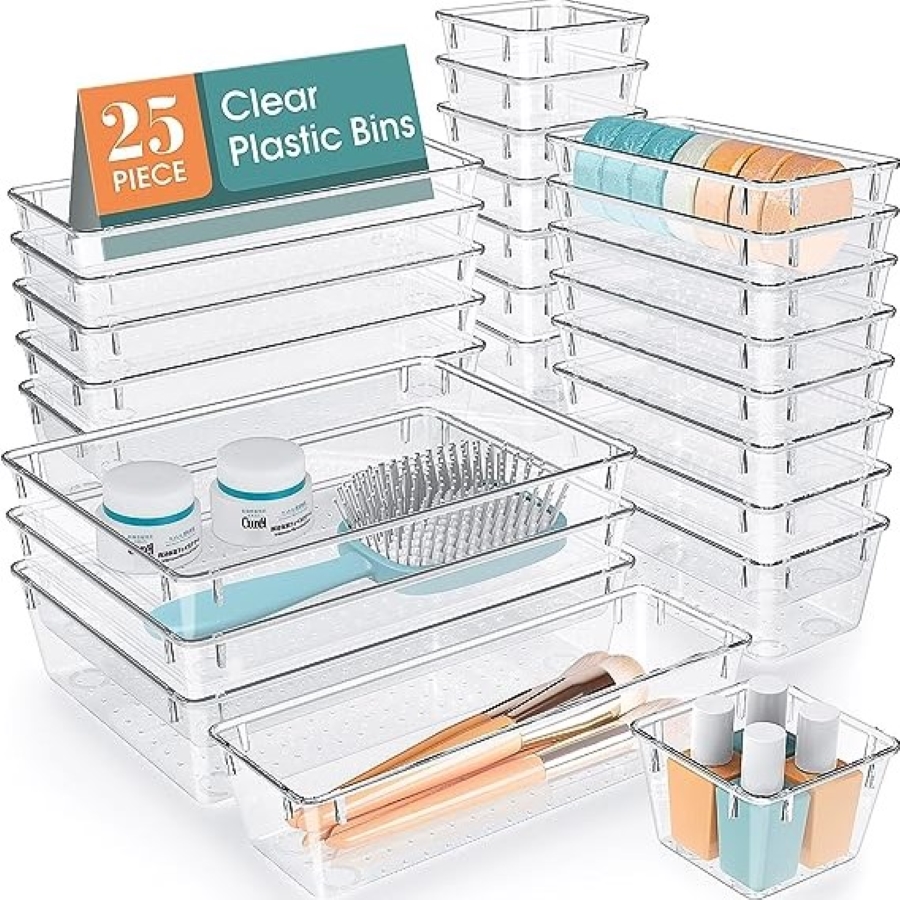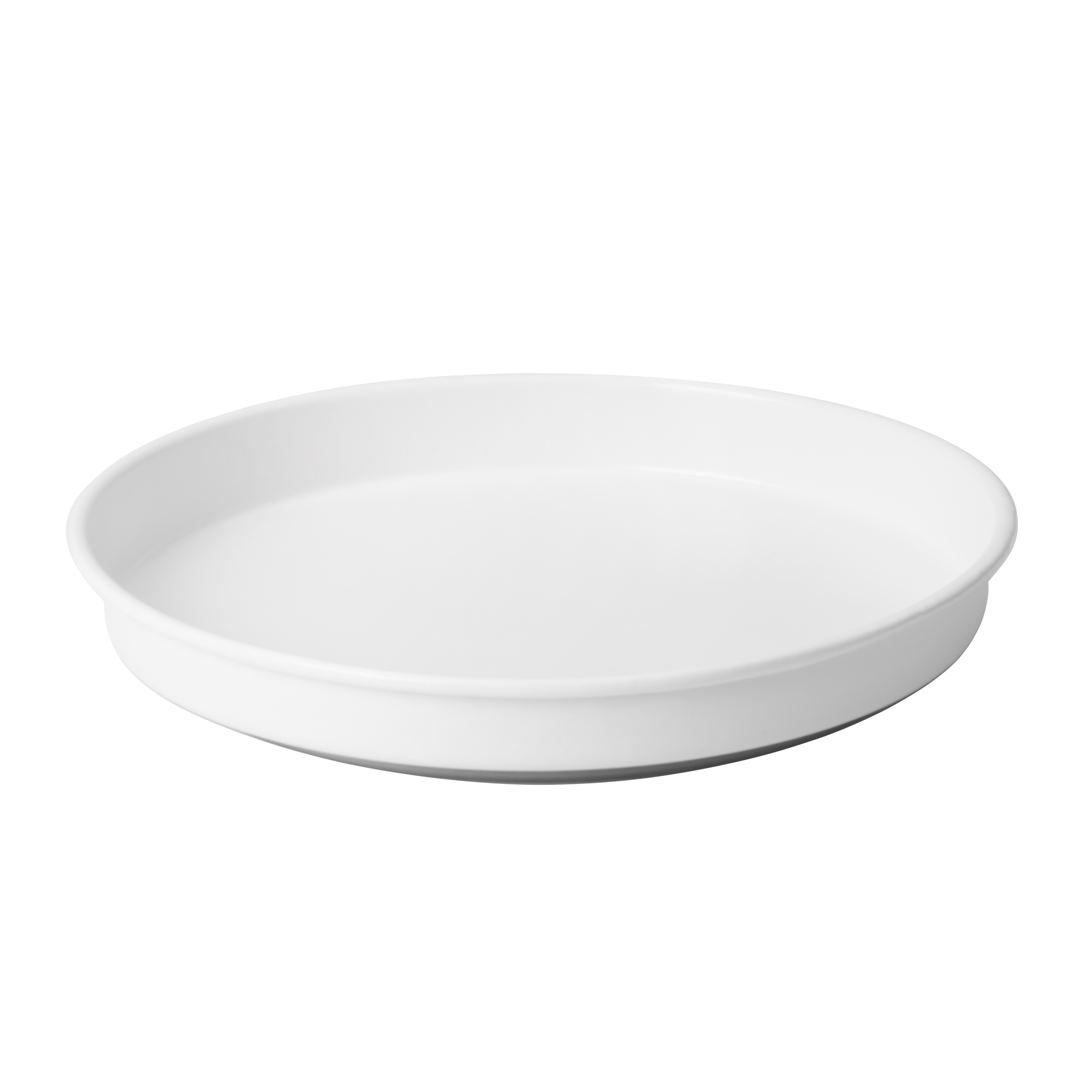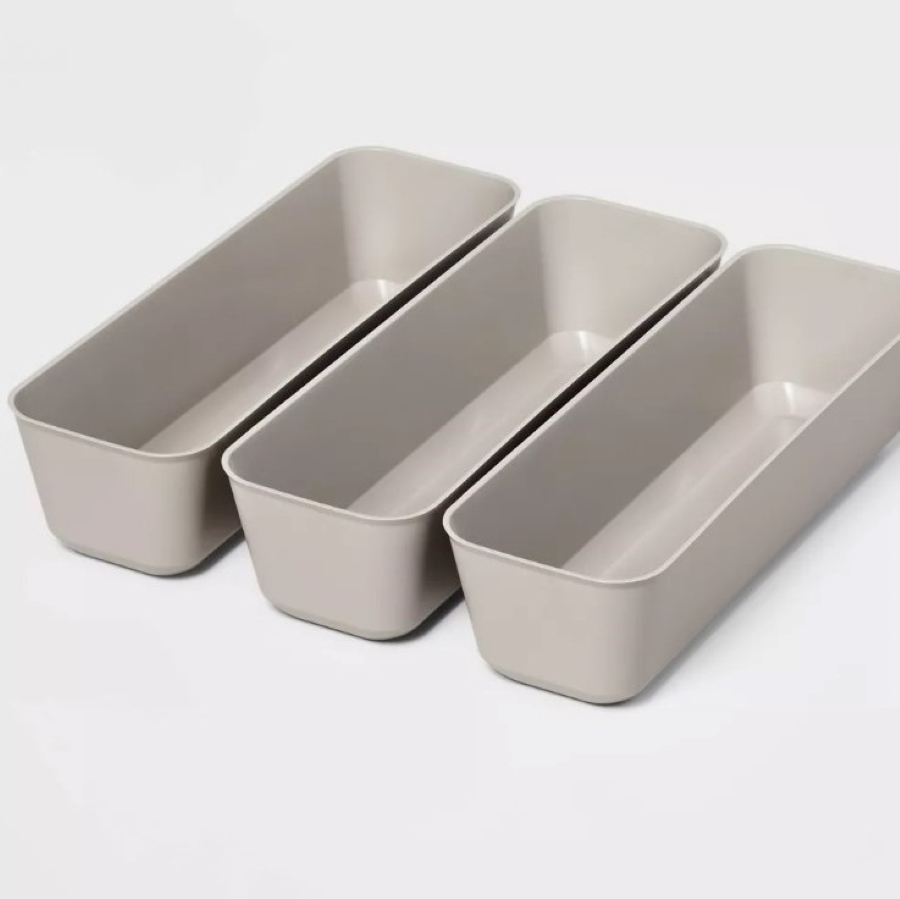5 things you should get rid of from your "junk drawer" now, according to organizing experts
The 5 things from your junk drawer you don't need to hold on to - this could be your fastest declutter ever

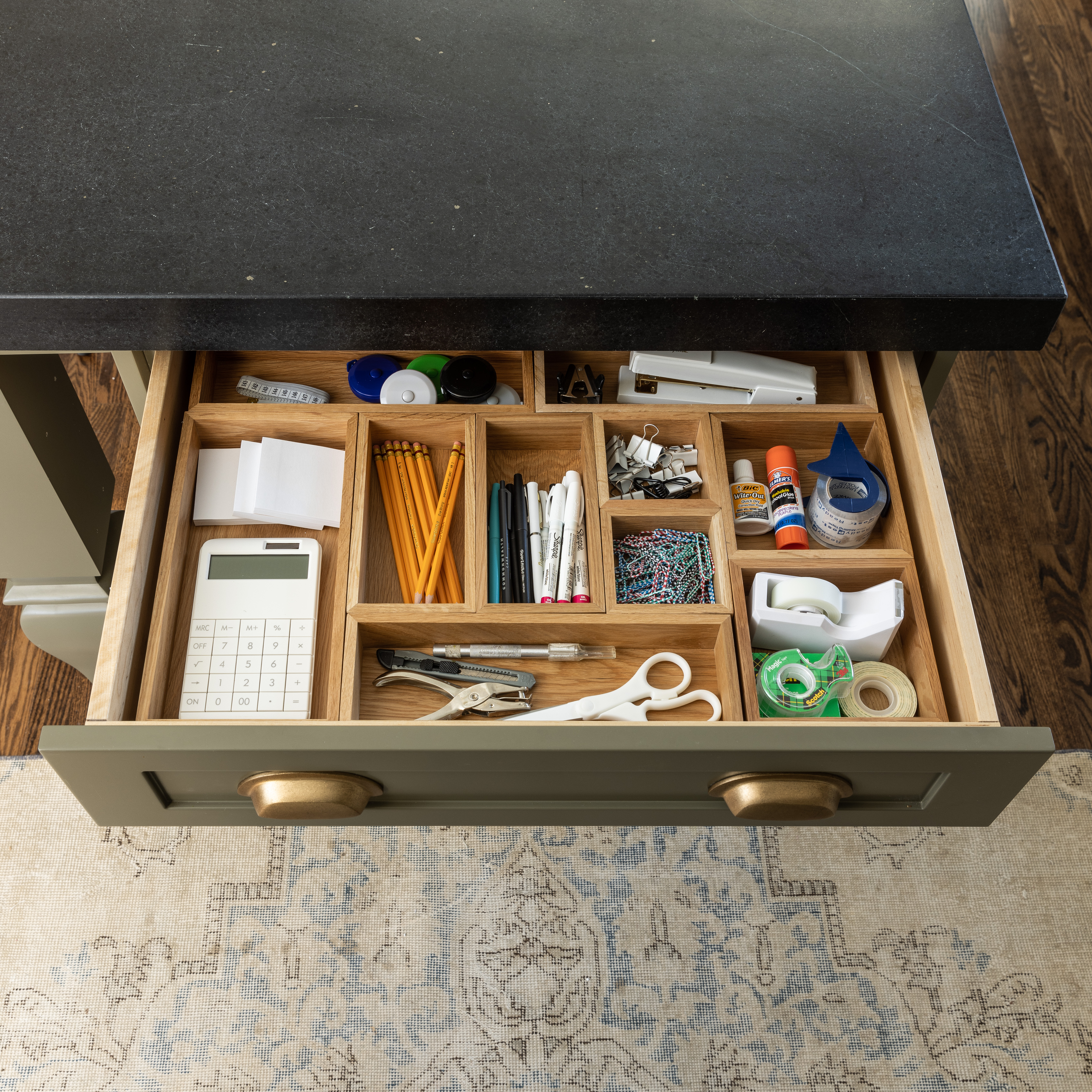
The junk drawer. We all have one, and it is nothing to be ashamed of. It can be a place that holds your life's miscellaneous things if it's organized properly, however, it can just as easily become a dumping ground.
Luckily you can easily declutter your junk drawer in a limited time with some super simple tips. No need to set aside a whole weekend for this task, it'll take under an hour to fix this problem. One of the hardest steps is deciding what stays and what goes. Which items truly deserve their junk drawer status and which could go elsewhere?
To help get you started with tackling the junk drawer we asked professional organizers for the 5 items they immediately get rid of when starting a junk drawer declutter. Start here to kickstart the transformation.
1. Trash
We know that the junk drawer ends up being a space for everything you don't want on show. That includes trash. It is so easy to sweep things off the kitchen counter and into the space below. Receipts, food wrappers, random business cards, you'll find it all in the aptly named junk drawer. Well, it is time to turn that around.
Trash is the first thing you should be throwing away according to professional organizer Amy Vance at Eco Modern Concierge. 'This is the easiest place to start as you can do it without thinking too much,' she says. This part of the decluttering can be done in a matter of minutes and will instantly make your junk drawer look better.
2. Broken items
Successful decluttering is all about making quick decisions. Breaking down your decluttering into small wins is a good way to make a task more manageable. Whether you are decluttering a kitchen or organizing a living room, these techniques stand true.
'Start your timer for 15 minutes,' suggests professional organizer from House to Home, Ben Soreff, 'and set some specific goals.' This will help you to achieve things quickly. One such goal can be removing broken items from the drawer.
The Livingetc newsletters are your inside source for what’s shaping interiors now - and what’s next. Discover trend forecasts, smart style ideas, and curated shopping inspiration that brings design to life. Subscribe today and stay ahead of the curve.
Anything that is broken to the point of no return needs to be thrown away. If it no longer works and there is no hope for fixing it, it is serving no purpose in your home. Often people keep half-working headphones or old phones with little motivation to use or fix them. These are the items that are cluttering your space. Once you learn to get rid of everything that doesn't serve a purpose you will find your home becomes dramatically more organized.
3. Items that belong somewhere else
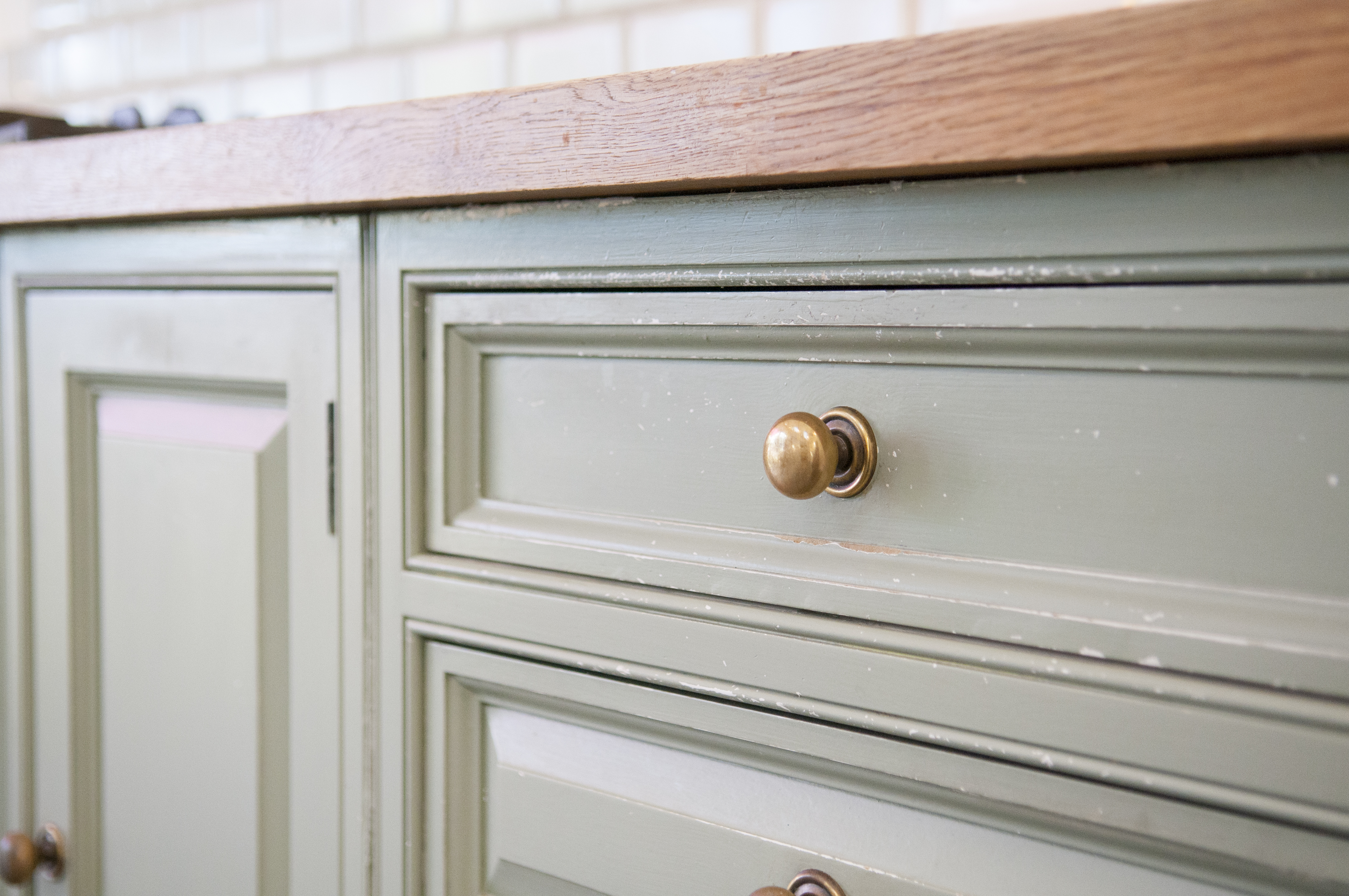
So these aren't items that you should throw away exactly, but these are items you should be moving out of your junk drawer. Part of the issue is that the drawer seems to attract things. Items that have their own home end up in the drawer for no good reason and become stuck there.
This tip involves sorting your junk drawer into piles of items that rightfully belong in the junk drawer and items that have a designated place. Keys are always floating around the clutter, take the time to return them to the entryway and you might finally stop forgetting them.
Cables also appear to dominate the junk drawer so it is only right you give them their own space. Professional organizers advise keeping your cords organized by labeling them with washi tape and keeping them in a small box. Providing them with their own place will stop them from crowding your utility drawer and making it feel messy.
It is useful to keep on top of your utility drawer, to ensure that nothing mistakenly ends up in there. If you routinely check the order of your drawer there is less risk of it returning to its former state of a junk drawer.
4. Anything that's not an essential
'The first thing I try to tell clients is to stop referring to it as the junk drawer,' says professional organizer Mary Jo. 'Instead, let's call it the utility drawer! Changing what you call the drawer makes you think of it differently. We want the drawer to have a purpose.'
Now that we have rebranded the junk drawer as the utility drawer it is time to remove anything that isn't essential. The best decluttering techniques often come down to a way of thinking. This simple mindset change will help to decipher what is necessary and what you can get rid of.
Once you have taken everything out of the drawer it will be easier to see what you have, what you need, and most importantly what you don't use. All of the latter items should be thrown away. This will cut your drawer contents in half
'As you return items to the drawer, prioritize utility,' says Katrina Smith founder of Kitchensity. 'Keep frequently used items at the front for easy access. Lesser-used items can be placed further back.' This process will also allow you to see the items that you don't reach for.
5. Duplicates
One of the quickest things to get rid of is anything you have multiple of. Picking out items you can see duplicates of will reduce the amount of junk currently overwhelming your space and make it far more manageable.
Yes, having a phone charger in your utility drawer is essential, having 3 isn't. This is not to suggest you should be throwing away useful and perfectly working things, just that either you can find an alternative place for them, or donate them.
The junk drawer is the perfect place to start if you are eager to organize your home. take this list to your drawer and see what you can get rid of, it'll probably be more than you think.
Things to help organize your junk drawer

Formerly a news writer for Livingetc, Amy completed an MA in Magazine Journalism at City, University of London, and has experience writing for Women’s lifestyle publications across arts, culture, and beauty. She has a particular love for the minimalist aesthetic mixed with mid-century furniture, especially combining unique vintage finds with more modern pieces. Her previous work in luxury jewellery has given her a keen eye for beautiful things and clever design, that plays into her love of interiors. As a result, Amy will often be heard justifying homeware purchases as 'an investment', wise words to live by.
